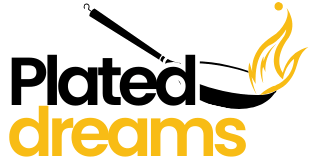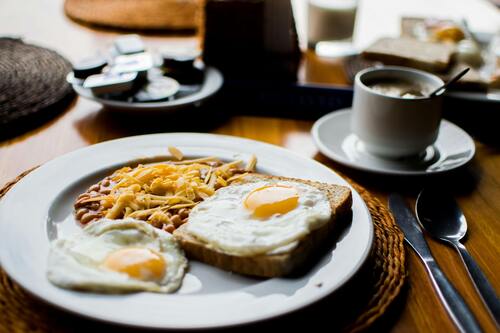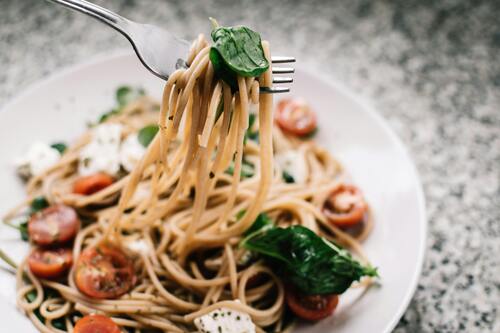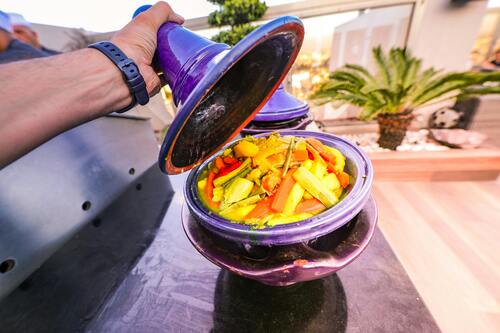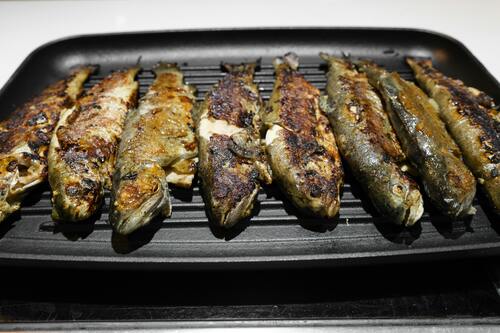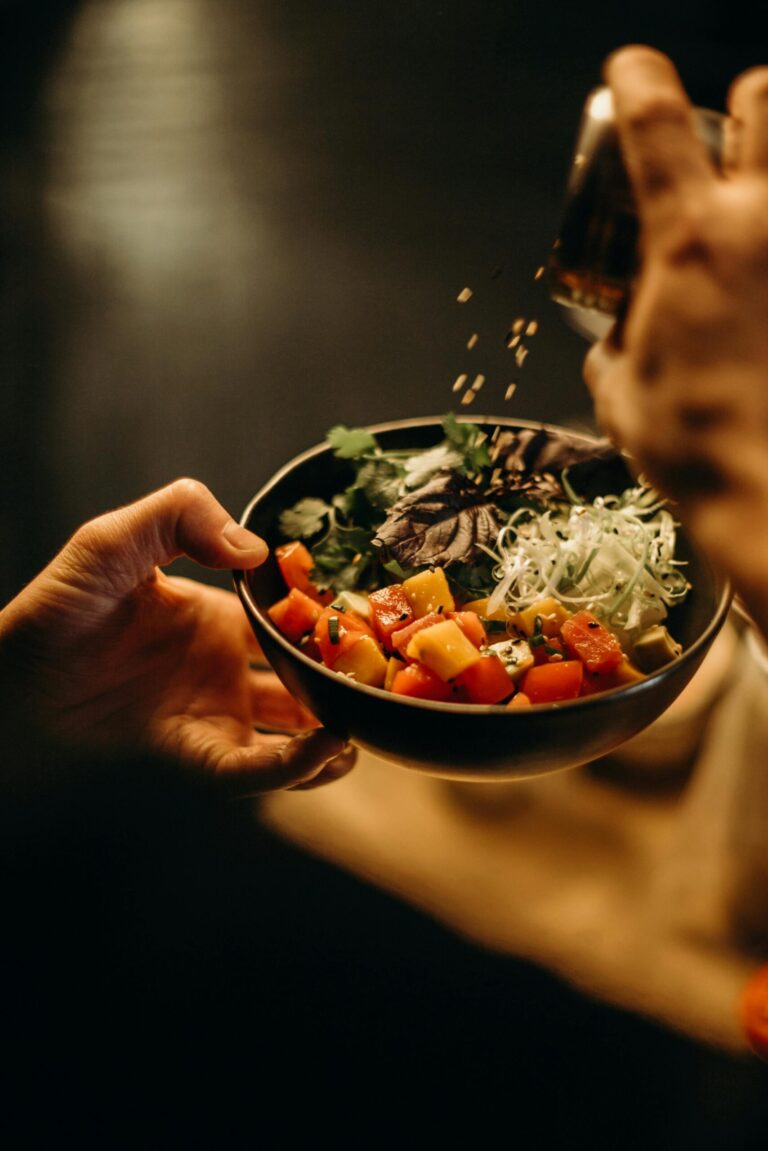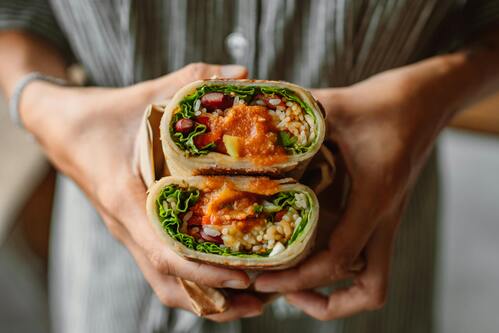Can bread be vegan?
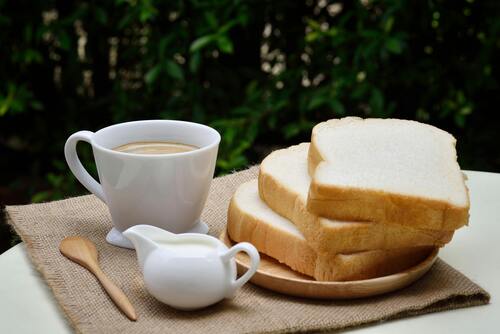
In addition to discussing the components that make or break a vegan loaf, this article will go into the subtleties of bread-making and offer advice on how to find or make vegan-friendly bread. We may appreciate bread’s adaptability and its place in a vegan diet by looking at these factors.
Essential Bread Ingredients

Knowing the fundamental components of bread is essential to figuring out whether it may be vegan. The ingredients for most bread recipes are flour, water, yeast, and salt. Although wheat is usually used to make flour, other grains such as rye, barley, or oats can also be used. While yeast is in charge of fermentation, which gives the dough its rise, water acts as the hydration agent. Salt controls yeast activity and improves flavor. These main ingredients are vegan-friendly and derived from plants. The simplicity of these ingredients, however, might be deceiving because many professionally made breads may have extra substances that could make them less vegan.
Typical Non-Vegan Substances
Although bread’s primary ingredients are vegan, many commercially produced loaves may contain non-vegan additions, which are important to recognize. Dairy is one typical non-vegan ingredient that is added to food to enhance its flavor and texture. It might take the shape of milk, butter, or cheese. Eggs can also be added to enhance moisture or act as a binding agent. Furthermore, honey, which is not vegan, is used as a sweetener in some bread recipes. Some emulsifiers and dough conditioners made from animal products are examples of additional possible non-vegan ingredients. If you want to eat bread while following a vegan diet, you must be aware of these frequent non-vegan ingredients.
Bread Types and Whether They Are Vegan

The type and preparation method of bread can have a considerable impact on its vegan status. For instance, a lot of artisanal breads, like ciabatta or sourdough, are naturally vegan because they are produced with only flour, water, yeast, and salt. But breads such as challah or brioche usually contain butter and eggs, therefore they are not vegan. Specialty breads, such as naan or some bagels, may also include dairy or eggs. It’s crucial to check ingredient labels or ask about cooking techniques when trying out various bread varieties to be sure they adhere to vegan guidelines.
Vegan Bread Made at Home

One of the best ways for vegans to be sure their bread is devoid of animal ingredients is to make it at home. Making bread at home gives you total control over the ingredients, so you can use plant-based substitutes as necessary. There are innumerable varieties to try, and simple recipes frequently only call for a few basic ingredients. The bread can be improved, for example, by substituting plant-based milk for dairy or adding seeds and nuts for texture and nutrition. For people who are dedicated to a vegan lifestyle, creating their own bread may be a satisfying and therapeutic experience because the kneading and baking processes can be therapeutic.
Bread Substitutes That Are Vegan
There are plenty of vegan-friendly bread substitutes on the market for people who can’t make bread from scratch or who just want convenience. Nowadays, a lot of companies make breads that are clearly marked as vegan, guaranteeing that no substances derived from animals are used. Seek out artisan or whole grain breads that highlight plant-based ingredients. Additionally, vegan options could be available at some bakeries and specialty shops. Always study the ingredient labels when buying bread, and search for any certifications or labels that state that the product is vegan. This knowledge might make it easier to navigate supermarket aisles and make sure the bread you choose complies with vegan standards.
Food Labels’ Function
When deciding whether a product is vegan-friendly, food labeling is essential. Food makers are compelled to list all ingredients in several countries, which helps consumers recognize non-vegan additions. However, the use of ambiguous phrases like “artificial flavoring” or “natural flavors” can occasionally make it difficult to identify where specific ingredients come from. Look for certificates like the Vegan Society seal or other plant-based certifications that show the product is completely free of ingredients derived from animals in addition to reading ingredient lists. Customers can make more educated decisions regarding the bread they buy if they know how to read food labels.
Vegan Bread’s Nutritional Aspects
Bread’s nutritional composition must be taken into account, even though it can be a useful component of a vegan diet. Compared to whole grain options, refined flour, which is used in many commercially produced breads, may be deficient in fiber and important nutrients. Conversely, whole grain breads are higher in fiber, vitamins, and minerals, which promote digestive and general health. Furthermore, some breads could be enriched with iron and B vitamins, which is advantageous for vegans who must make sure they are getting enough of these vital elements. Maintaining a balanced vegan diet requires balancing bread consumption with a range of other healthful foods.
Cultural Views on Bread
Many communities around the world place a great deal of cultural and historical significance on bread. Every country has its own bread-making customs, from the Middle Eastern flatbreads to the French baguettes, which frequently mirror regional agricultural and culinary customs. Gaining insight into these cultural viewpoints might improve one’s enjoyment of bread and its many uses in vegan cookery. Many classic bread recipes can be made vegan, enabling people to experiment with flavors from around the world while still following their dietary restrictions. Additionally, this exploration can stimulate culinary imagination, resulting in inventive new recipes and pairings.
Baking Methods and Advice
Certain methods can produce better outcomes when baking vegan bread. For example, creating gluten, which adds to the texture of the bread, requires a mastery of the skill of kneading. For a fluffy loaf, it’s also essential to give the dough enough time to rise before baking. Trying out other kinds of flour, such spelt, whole wheat, or gluten-free varieties, can also result in unusual tastes and textures. Adding ingredients such as dried fruits, nuts, or herbs can improve the bread’s flavor and nutritional content. You may make tasty vegan bread that pleases your palate by being aware of baking methods and willing to try new things.
Final Thoughts: Adopting Vegan Bread
In conclusion, bread is definitely vegan if it is created without animal products and using plant-based ingredients. Although bread’s core ingredients are naturally vegan, it’s important to be mindful of possible non-vegan additives and to experiment with different bread varieties to make sure they adhere to vegan standards. While there are several commercially available vegan-friendly bread options, baking bread at home gives you total control over the ingredients. People can appreciate bread’s diversity within a vegan diet by being aware of baking methods, cultural viewpoints, and nutritional considerations. In the end, bread offers countless opportunities for enjoyment in meals and snacks and can be a tasty and nutritious component of a well-rounded plant-based lifestyle. Let your imagination go wild as you experiment with vegan bread, producing delicious loaves that complement your dietary preferences and elevate your culinary experience.
